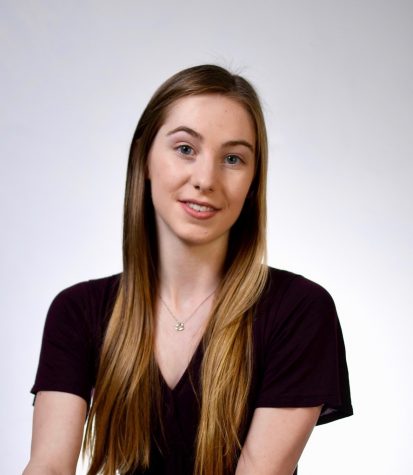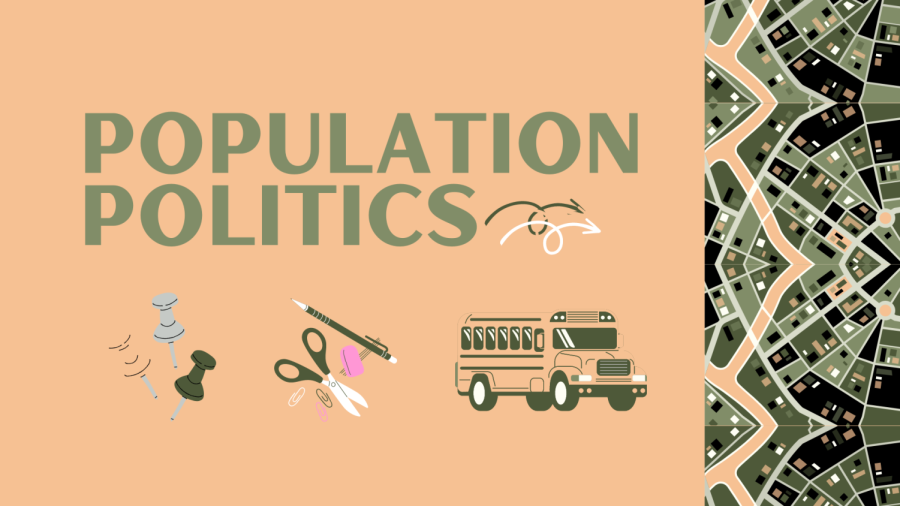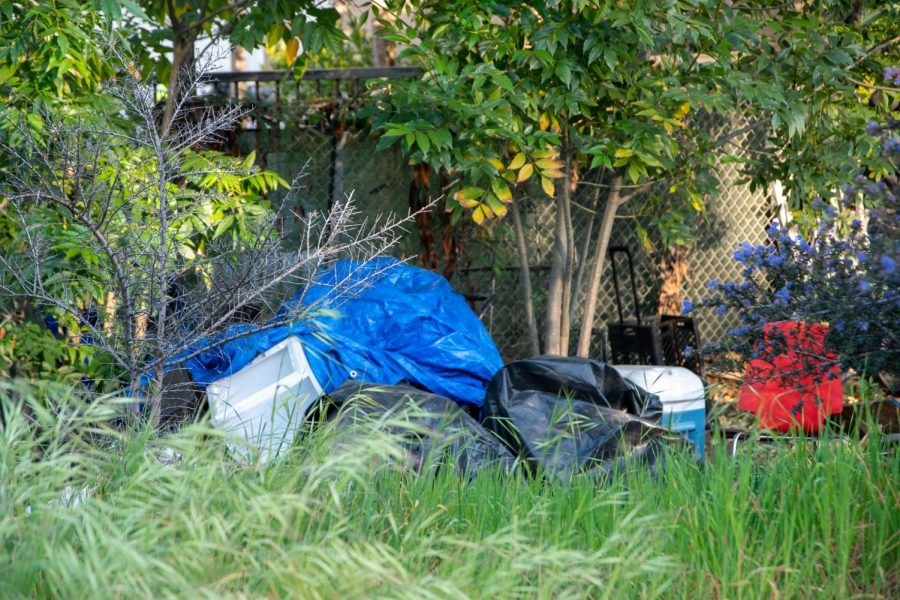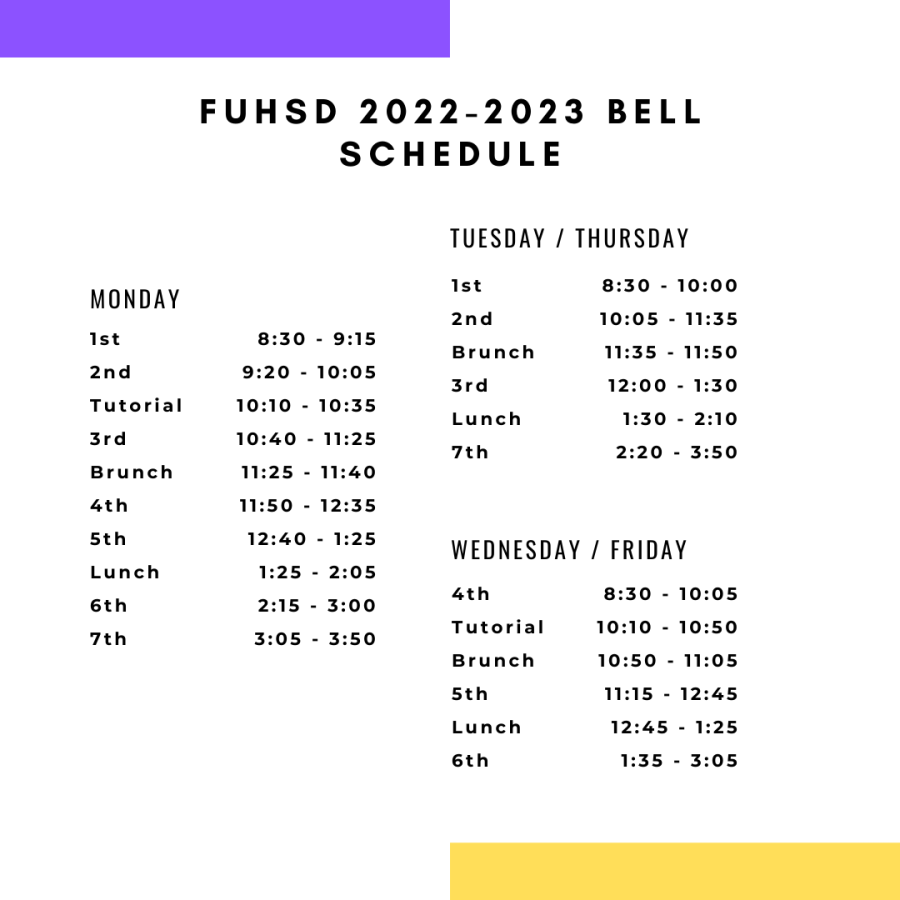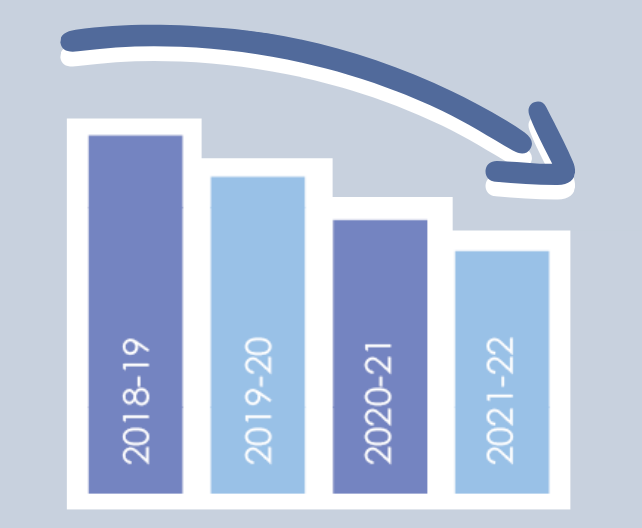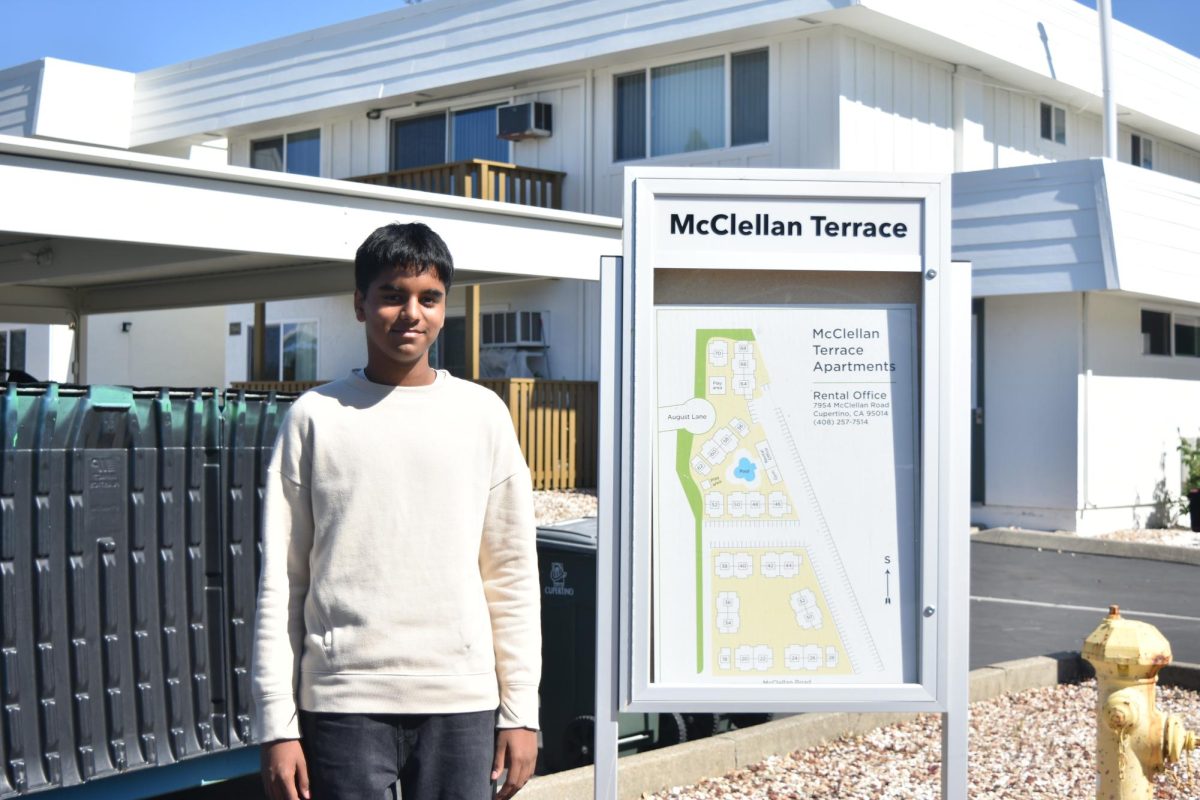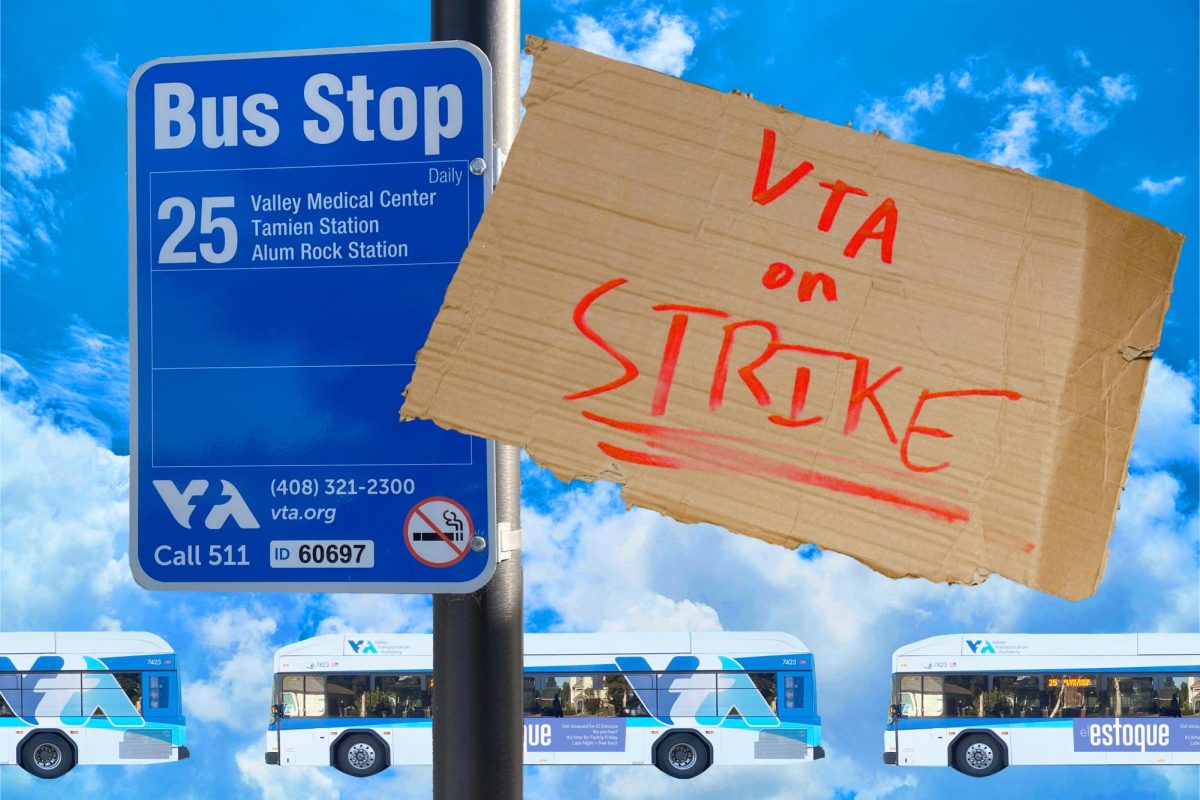Community members mill about the bus circle, which will soon be filled with food trucks. Prominent local politicians speak in the Student Union. And the main attraction, a voter registration drive for students, takes center stage in the rally court.
This is how seniors Samantha Millar, Santosh Sivakumar and Hasini Shyamsundar imagine one aspect of the voter registration drive that will take place from April 23 to 27, which they’ve been working to make a reality. They plan to hold the drive every day of the week, but the last day will be accompanied by political speakers and food trucks as a community event at MVHS.
All three have been involved in politics — Shyamasundar helped out with congressman Ro Khanna’s campaign in 2016, Millar and Sivakumar have been involved in Youth and Government, an organization for high school students to gain experience serving in a model government, and last summer, Sivakumar interned with California Assemblymember Evan Low. Looking to make one last impact in local politics before heading off to college, they decided they wanted to do something to get students more involved.
According to Sivakumar, the lack of conventional participation in politics, such as attending board meetings or writing to representatives, is understandable in young students from high school to college age. The transitions they are making into college and work life require a lot of attention, and take focus away from things like political participation. But he hopes students realize the impact they can have on the government if they take the time to voice their opinions through voting and being politically aware.
“They don’t realize the change they’re able to create through their votes and [young] people are very new [in] the political world,” Sivakumar said. “A lot of us are only learning about the importance of [voting] when we’re taking Government. As we grow older, we see the importance.”
Millar hopes the drive will increase the amount of conventional participation. She has noticed students in this community favor unconventional participation, which includes things like protests and forms of civil disobedience. Millar believes this tendency might be because conventional participation relates less to the rebellious nature of many teens. But she believes both forms of political participation are equally impactful.
“Every single time that I start thinking about the fact that young people don’t vote, that it’s mostly older people who vote, that’s terrifying to me,” Millar said. “That means we’re not putting any of our voices in the decisions that will affect us for the rest of our adult life, and our children’s [lives] and our grandchildren’s [lives] and tons of generations to come.”
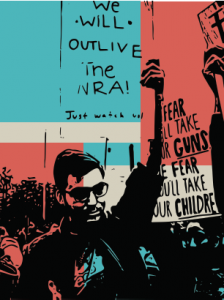
Junior Stephen Migdal was involved in creating walkout posters and pitching ideas for the #EnoughIsEnough walkout on campus against gun violence. Migdal believes that protesting and marching are necessary for bringing about progress. For him, talking about issues isn’t enough.
“It’s important to me that I know what I’m doing to try and make the change I want to see, because talking about it, it’s really clear to me that [it’s] not enough [to just discuss issues],” Migdal said. “That was a large point of this march — thoughts and prayers aren’t going to get us very far and I think it’s very important that our generation learns how to stand up for themselves.”
Shyamsundar believes students should realize the political power they hold. While the main focus is registering students to vote, the drive is also about raising awareness about political participation regarding local issues.
“One thing we’re going to show them is that politics isn’t just [on the] federal and state [level], and that it’s local too,” Shyamasundar said. ”There’s always something for them to do.”
For Millar and Sivakumar, the idea for the voter registration drive was something they had been thinking about since the beginning of the year. When Sivakumar approached Millar with the idea of a voter registration drive hosted at school, she immediately volunteered to help lead the effort.
“I was totally inspired by the people around me [and] started developing a sense of purpose,” Millar said. “I wanted to do something at our school that related to what I’m passionate about … and our current political climate also inspired me as well.”
Migdal believes being part of kickstarting something that can continue and improve in the future is important.
“There needs to be a first time,” Migdal said. “People need to learn how to do this kind of thing.”
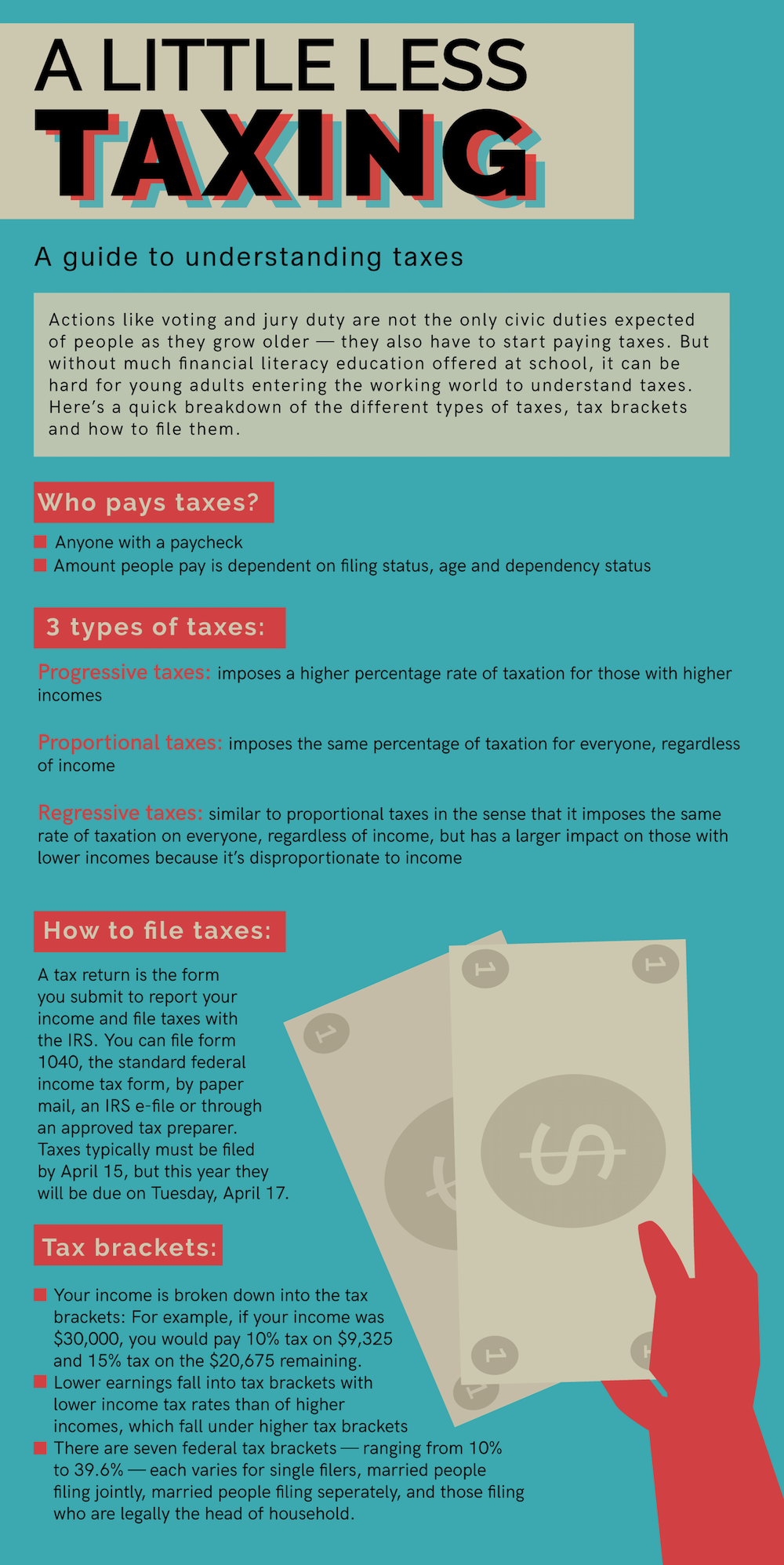 Sivakumar says that while there are thriving STEM programs here in Cupertino schools, the political involvement as a student body is small in comparison to other areas. According to Sivakumar, the Youth and Government chapter in Cupertino has about 20 people, whereas a Los Angeles chapter has somewhere between 600 to 700 students.
Sivakumar says that while there are thriving STEM programs here in Cupertino schools, the political involvement as a student body is small in comparison to other areas. According to Sivakumar, the Youth and Government chapter in Cupertino has about 20 people, whereas a Los Angeles chapter has somewhere between 600 to 700 students.
“You have to make the government responsive,” Millar said. “They will not do it on their own. So it is up to the people to ensure [the government’s] responsiveness.”
Although they haven’t finalized the political speakers who will be speaking at the drive, they hope the speakers will emphasize this desire to be more involved in local politics.
“I hope it’s a big community event but also a time for people to realize that politics is more than the people in suits making deals that are going to affect their lives,” Shyamsundar said. “Politics is a thing that [students] can participate in, too.”
Sivakumar feels that students are already becoming more politically aware than before, as shown through the large participation in the recent National School Walkout and vigil against gun violence. And while he hopes the drive will create change, he also understands that generations will take on different forms of civic engagement, and that ultimately, the main goal is to just get that interest in politics started.
“With the protests and everything like that, it’s really shown the youth that their voices are heard and that [their opinions] can be expressed,” Sivakumar said. “Effectively, you’re just going to have to use whatever appeals to the current market [to engage them], whether that’s social media, whether that’s Vines. I think you just really have to take the idea of civic engagement and mold it into whatever is going to work for the generations to come.”




